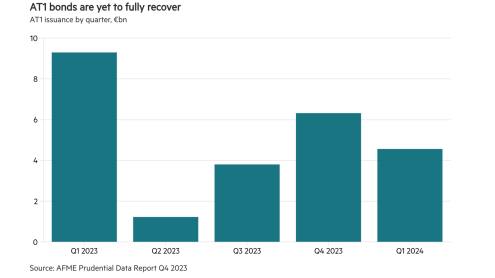Leading Cypriot banks have made steady progress in tackling non-performing loans (NPLs) over the past five years.
The country’s two largest lenders significantly reduced their holdings of bad debt between 2016 and 2020. Back in 2016, Bank of Cyprus and Hellenic Bank had NPL ratios of 41% and 44.8%, respectively, as the region grappled with the fallout from the European debt crisis.
But by 2020, Bank of Cyprus’s NPL ratio had fallen to 12.4% and Hellenic Bank’s stood at 17.1%, according to The Banker Database.
Prior to the Covid-19 pandemic, Cyprus enjoyed robust economic growth. However, unlike banks in neighbouring Greece, Cypriot lenders did not have access to structural solutions to help clean up their balance sheets — such as the Hercules Asset Protection Scheme (HAPS) — and have relied mostly on write-offs and sales to work through their stock of bad loans.
Among other Cypriot banks, Eurobank Cyprus has seen a gentle decline in its NPL ratio over the past five years from 5.8% in 2016 to 1.5% in 2020, while RCB Bank’s NPL ratio has risen over the period from 0.84% to 3.7%.
Trends identified using The Banker Database, an online database providing comprehensive financial data and insight for 4,000 of the world's leading banks in 190 countries. Contact us.











